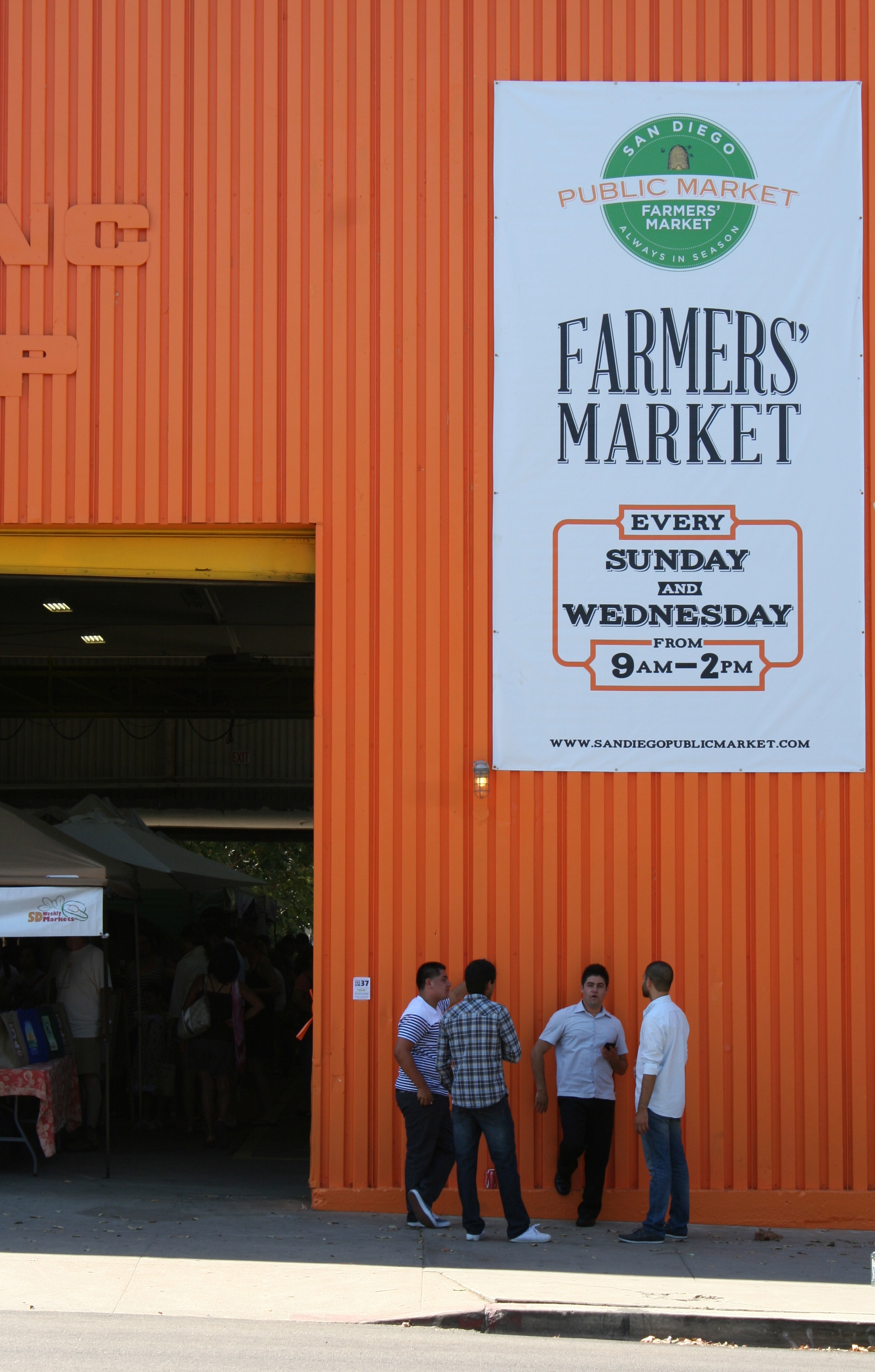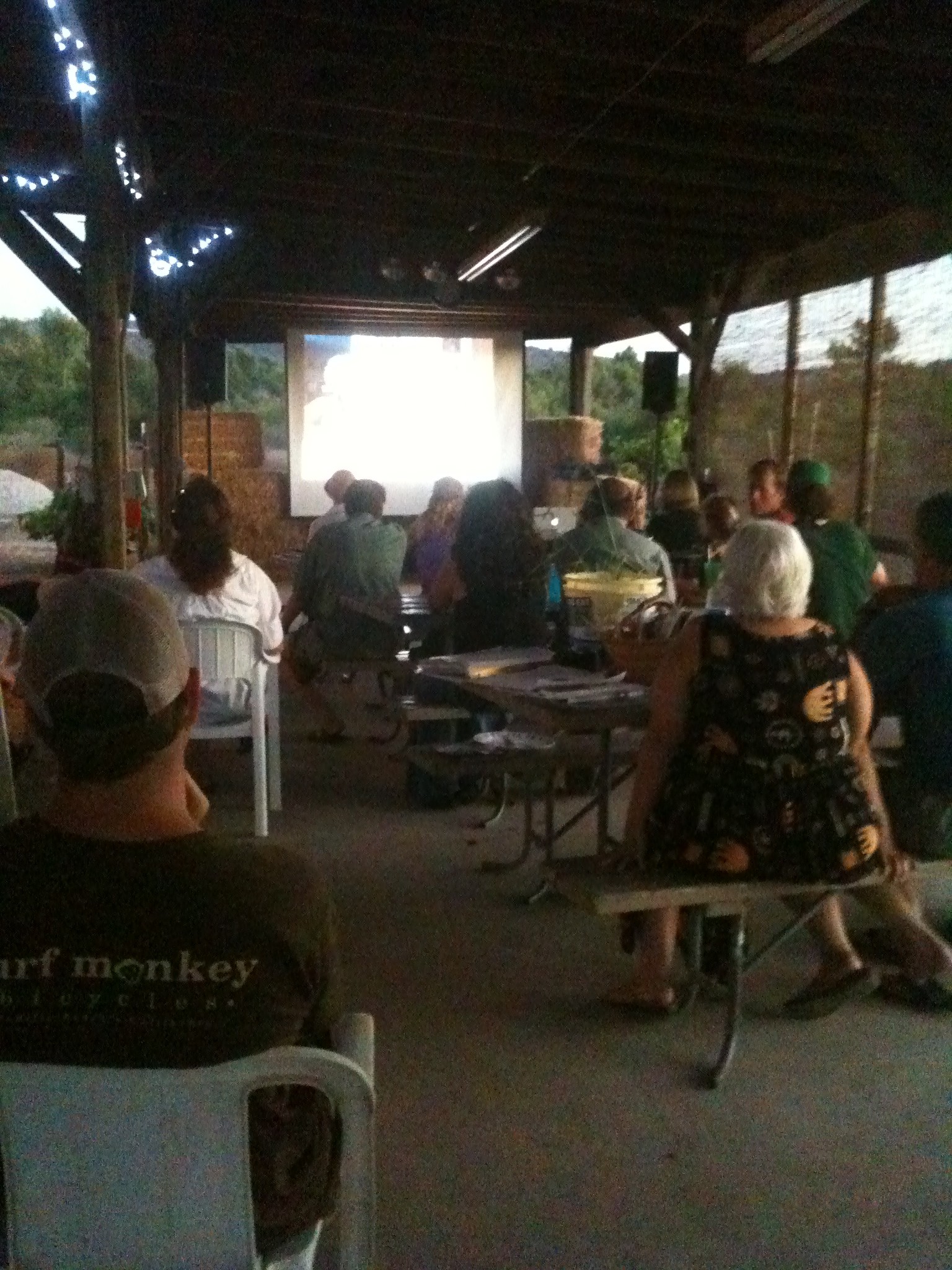 On the cusp of the transition to 2013, you may be asking yourself a boatload of questions pertaining to your job, your family, your hobbies. How am I making a difference? Is my job meaningful to me? How can I improve my family life in this coming year? Is crocheting for me?
The answers to those reflections buzzing around in your head can probably be summarized in a few words: love, happiness, community, health, etc. Those simple words can mean a lot of things, but constructing the connotations behind the widely understood definitions can bring you closer to others you discover feel the same way.
On the cusp of the transition to 2013, you may be asking yourself a boatload of questions pertaining to your job, your family, your hobbies. How am I making a difference? Is my job meaningful to me? How can I improve my family life in this coming year? Is crocheting for me?
The answers to those reflections buzzing around in your head can probably be summarized in a few words: love, happiness, community, health, etc. Those simple words can mean a lot of things, but constructing the connotations behind the widely understood definitions can bring you closer to others you discover feel the same way.
Organizations need to define what is important to them too. Slow Food has a few words that have brought us all together and I think the beginning of a new year is a good time to revisit our purpose. How will Good, Clean, and Fair influence your life choices in 2013?
Good:
The word good can mean a lot of things to a lot of people. For Slow Food, the idea of good means enjoying delicious food created with care from healthy plants and animals. The pleasures of good food can also help to build community and celebrate culture and regional diversity.
Clean:
When we talk about clean food, we are talking about nutritious food that is as good for the planet as it is for our bodies. It is grown and harvested with methods that have a positive impact on our local ecosystems and promotes biodiversity.
Fair:
We believe that food is a universal right. Food that is fair should be accessible to all, regardless of income, and produced by people who are treated with dignity and justly compensated for their labor.


 The holidays are upon us. Often this time of year inspires weeks of personal reflection and heartfelt nostalgia while simultaneously evoking a need to scribble out a long list of resolutions. The top of my list for 2013? A juicing cleanse to kick off a healthy new year! But who am I kidding? Now is not the time to start said cleanse- there is still a whole week left in 2012 to indulge in sugar-toned gluttony and deep-fried tastiness!
The holidays are upon us. Often this time of year inspires weeks of personal reflection and heartfelt nostalgia while simultaneously evoking a need to scribble out a long list of resolutions. The top of my list for 2013? A juicing cleanse to kick off a healthy new year! But who am I kidding? Now is not the time to start said cleanse- there is still a whole week left in 2012 to indulge in sugar-toned gluttony and deep-fried tastiness!
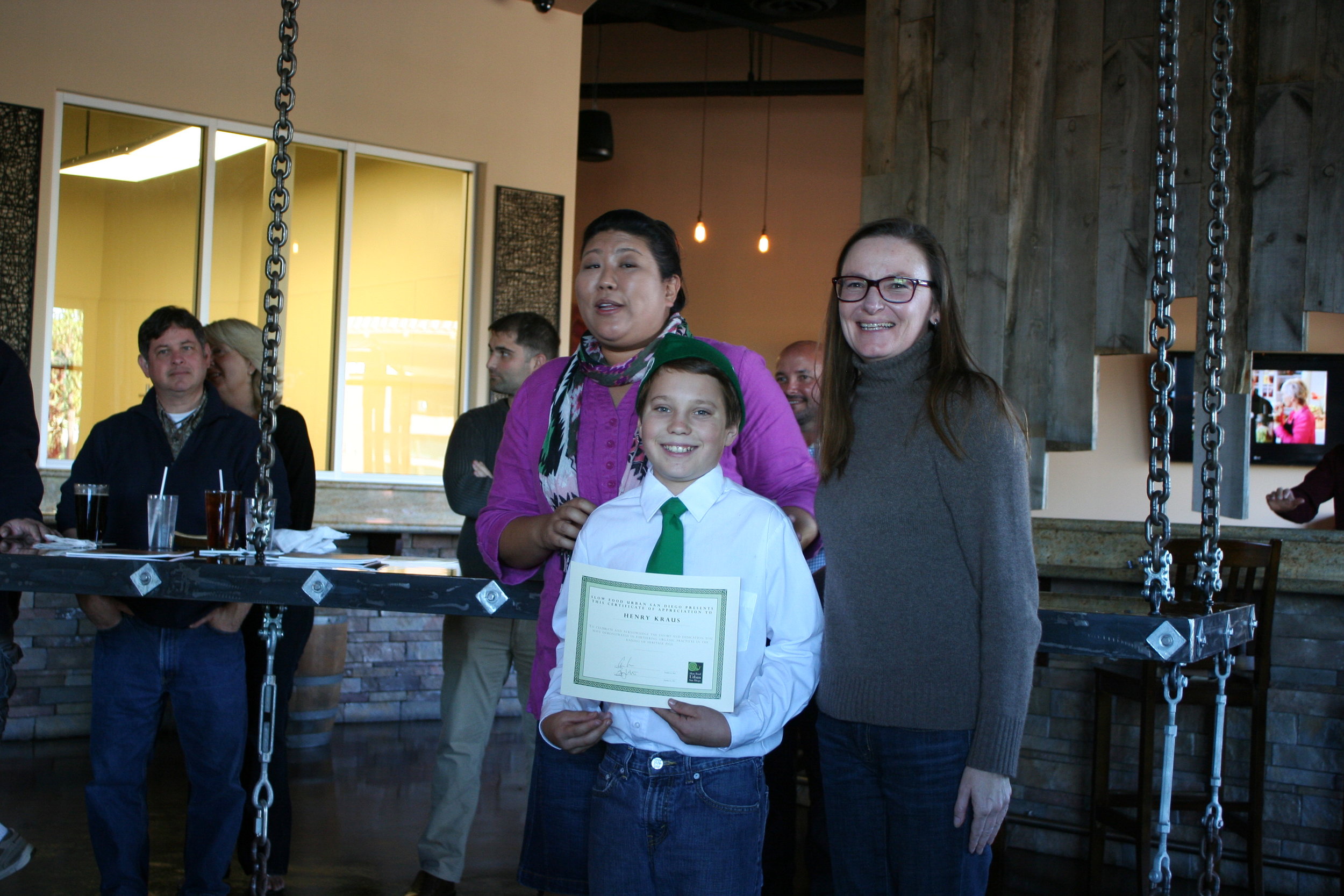
 Please join us in celebrating the season at our Holiday Mixer with Saltbox at the Hotel Palomar on Wednesday, December 12th from 5:30 - 7:30.
Please join us in celebrating the season at our Holiday Mixer with Saltbox at the Hotel Palomar on Wednesday, December 12th from 5:30 - 7:30. They are pumpkin orange, tomato round, and berry sweet. They are a mystery to many but once a slice of this unique fruit is picked off a plate at the farmer's market and the tongue gets a taste of that subtly sweet flesh, there is no turning back: every fall you will look for those little globes of deliciousness gracing your favorite orchard's table. You can add persimmons to that must-have list of other unique fruits like pomegranates and Asian pears (which are also in season right now).
They are pumpkin orange, tomato round, and berry sweet. They are a mystery to many but once a slice of this unique fruit is picked off a plate at the farmer's market and the tongue gets a taste of that subtly sweet flesh, there is no turning back: every fall you will look for those little globes of deliciousness gracing your favorite orchard's table. You can add persimmons to that must-have list of other unique fruits like pomegranates and Asian pears (which are also in season right now).

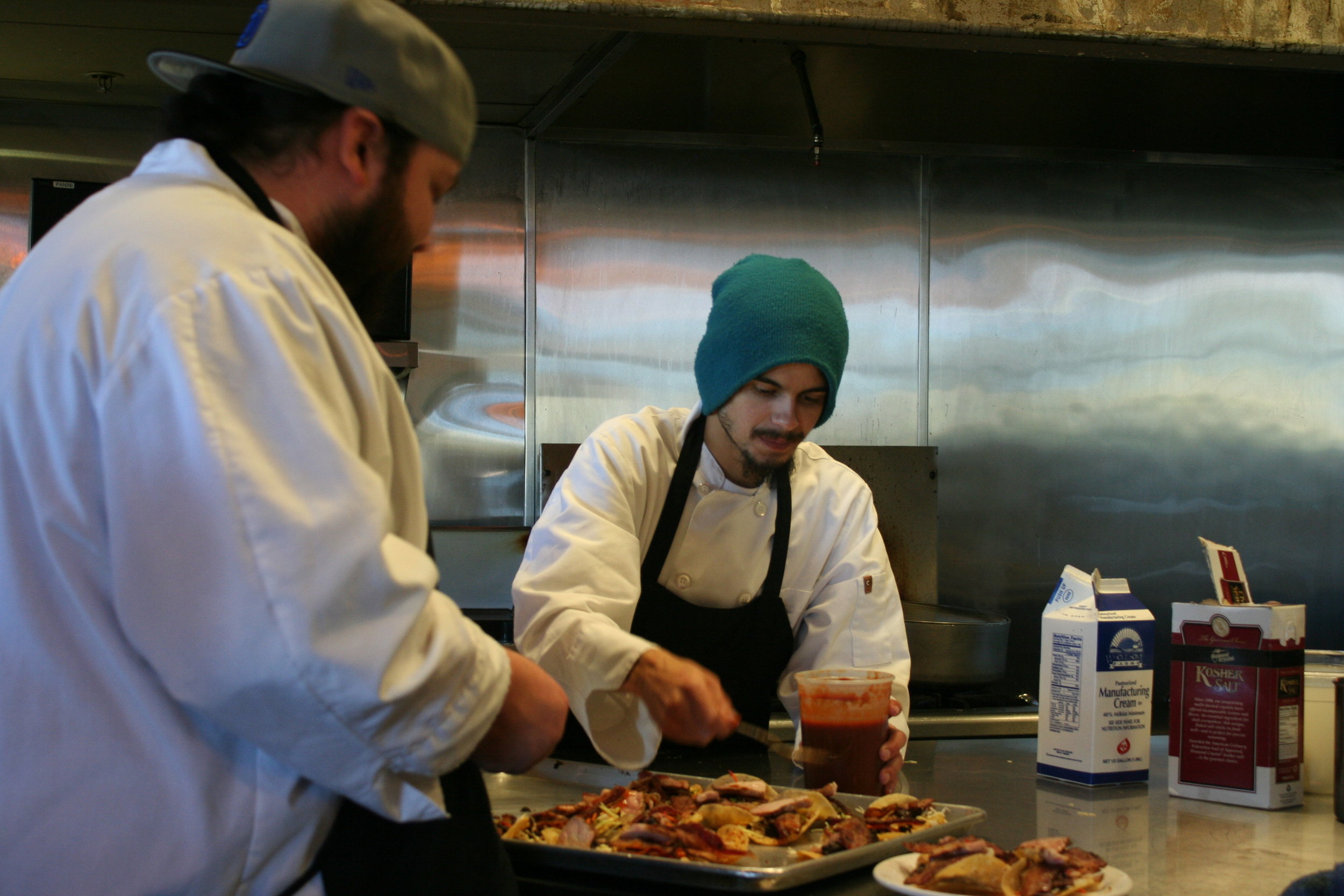
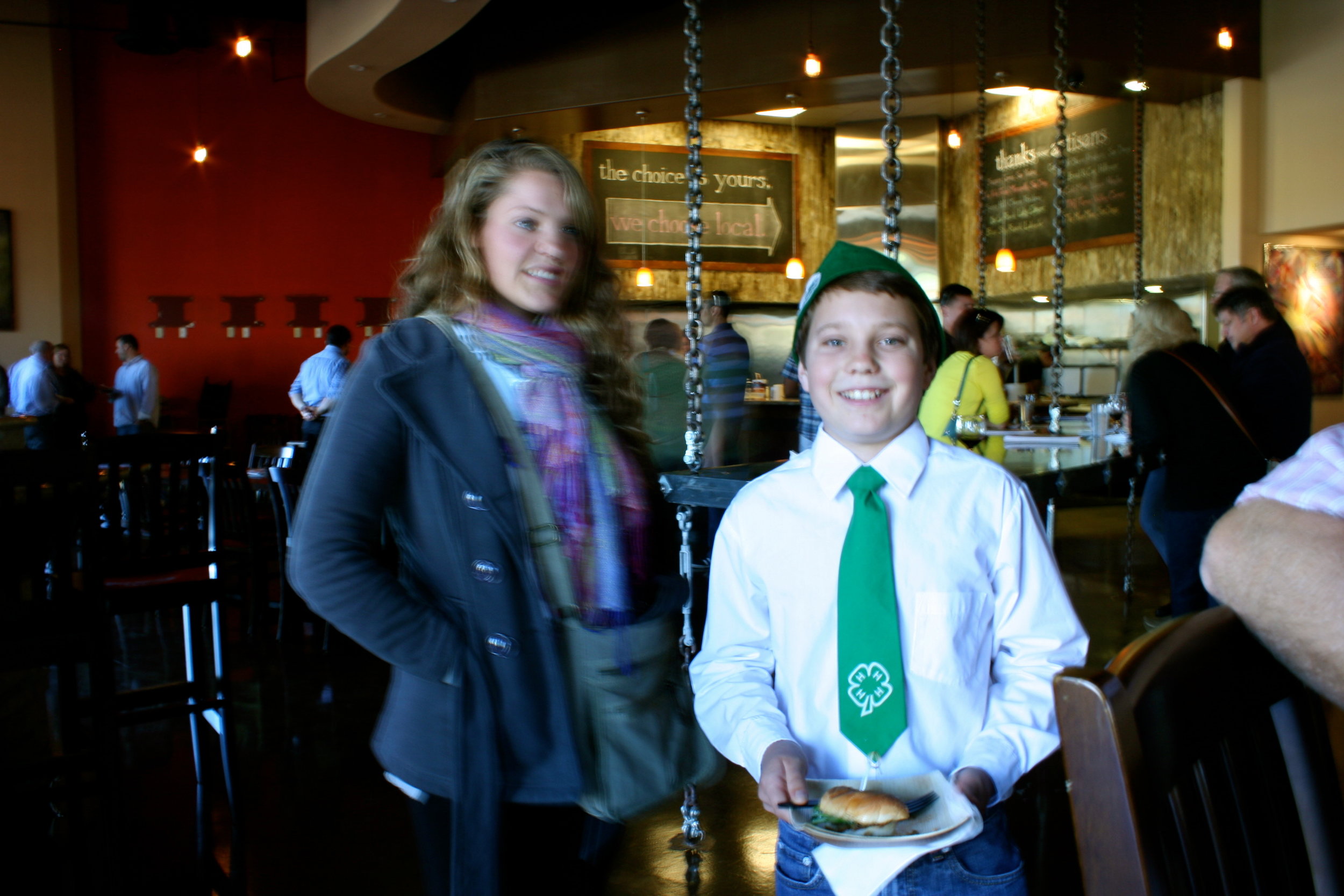

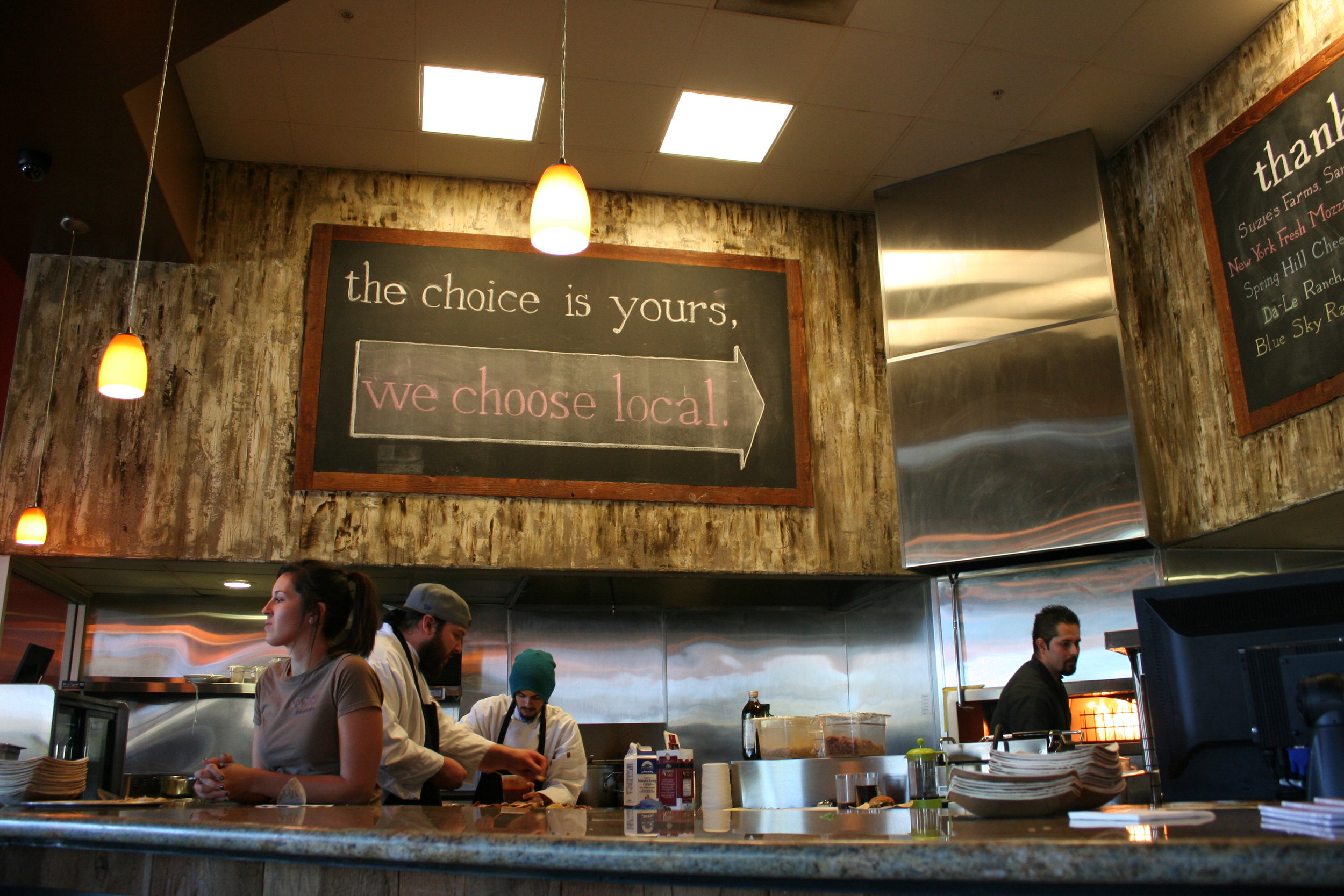
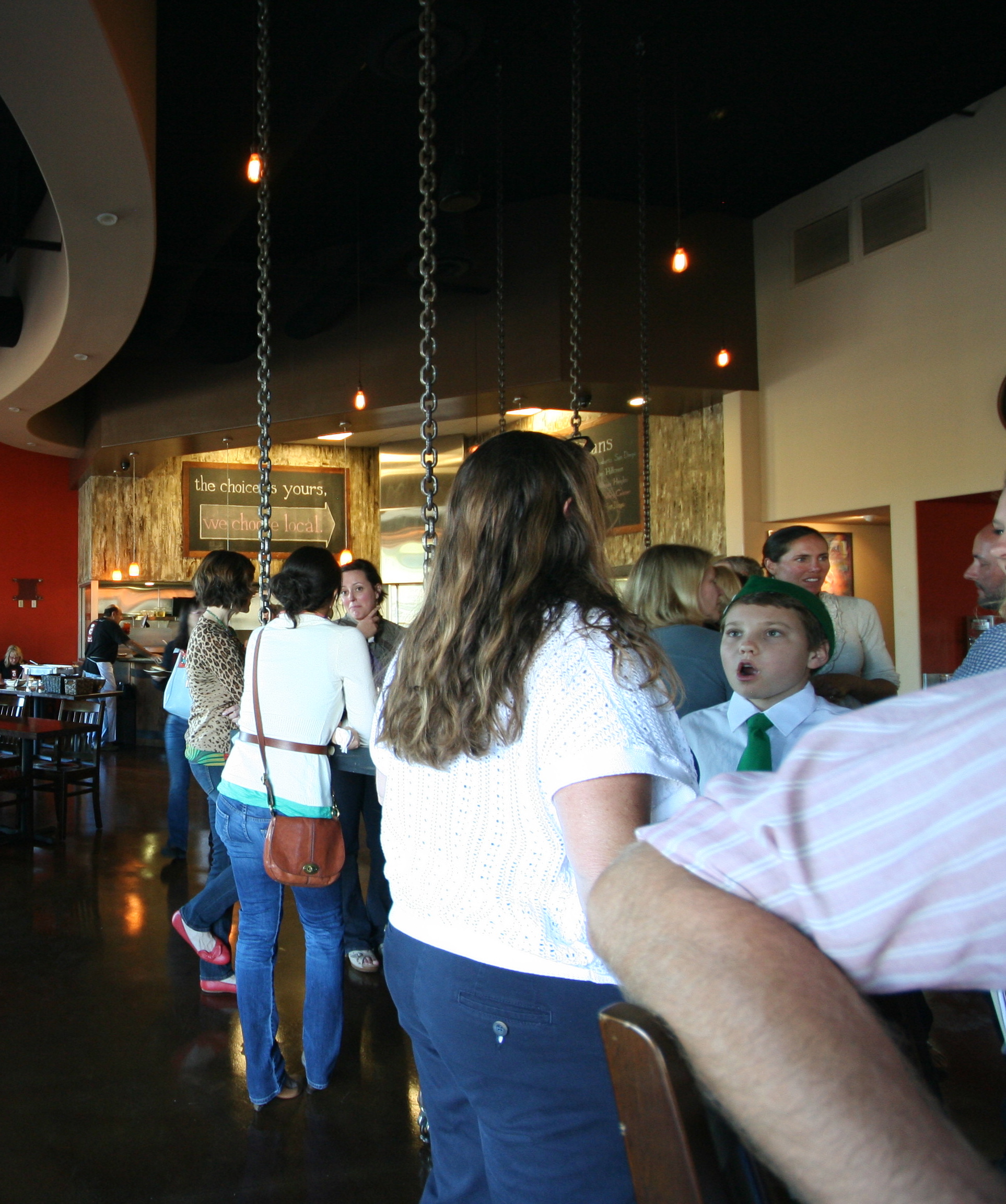
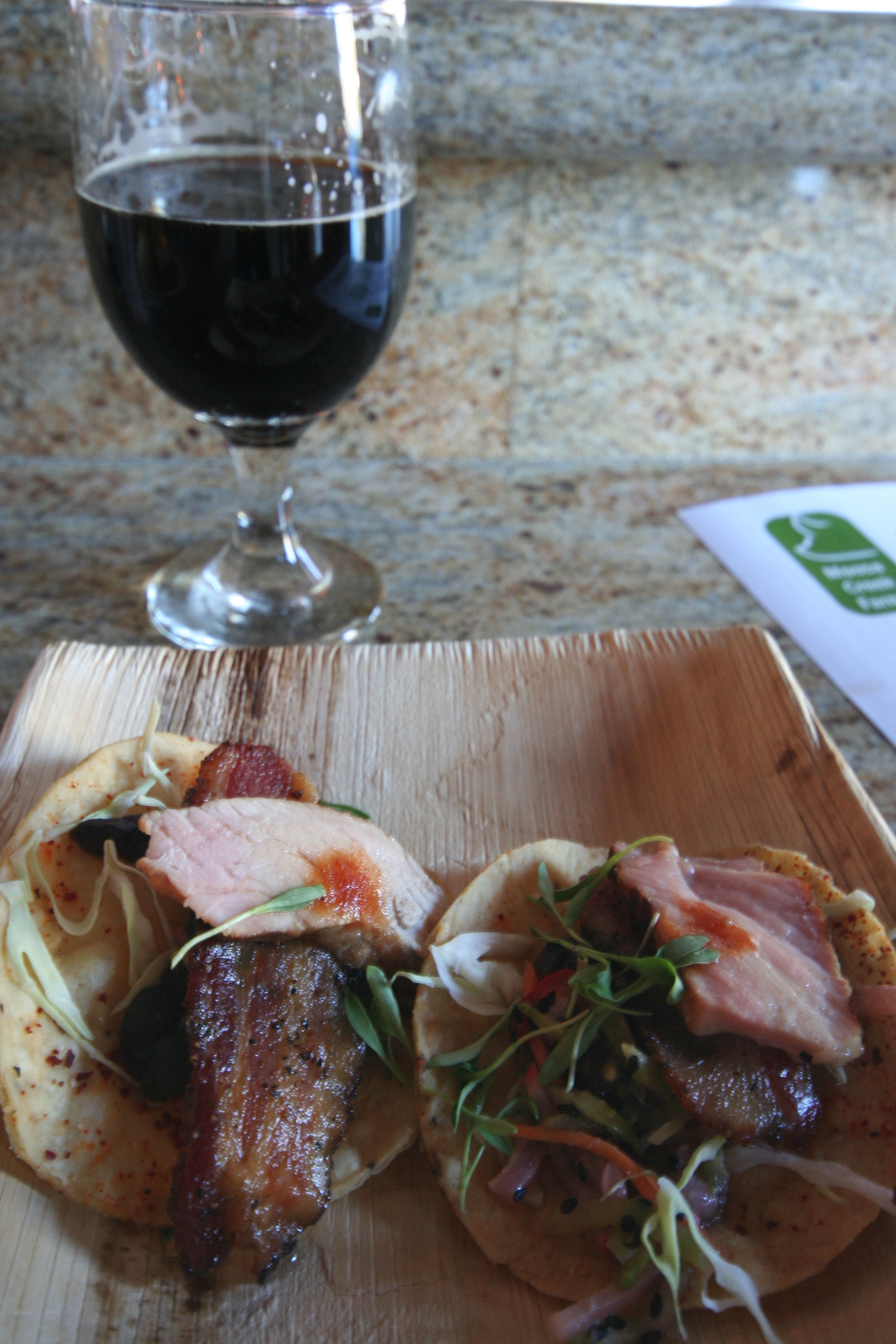
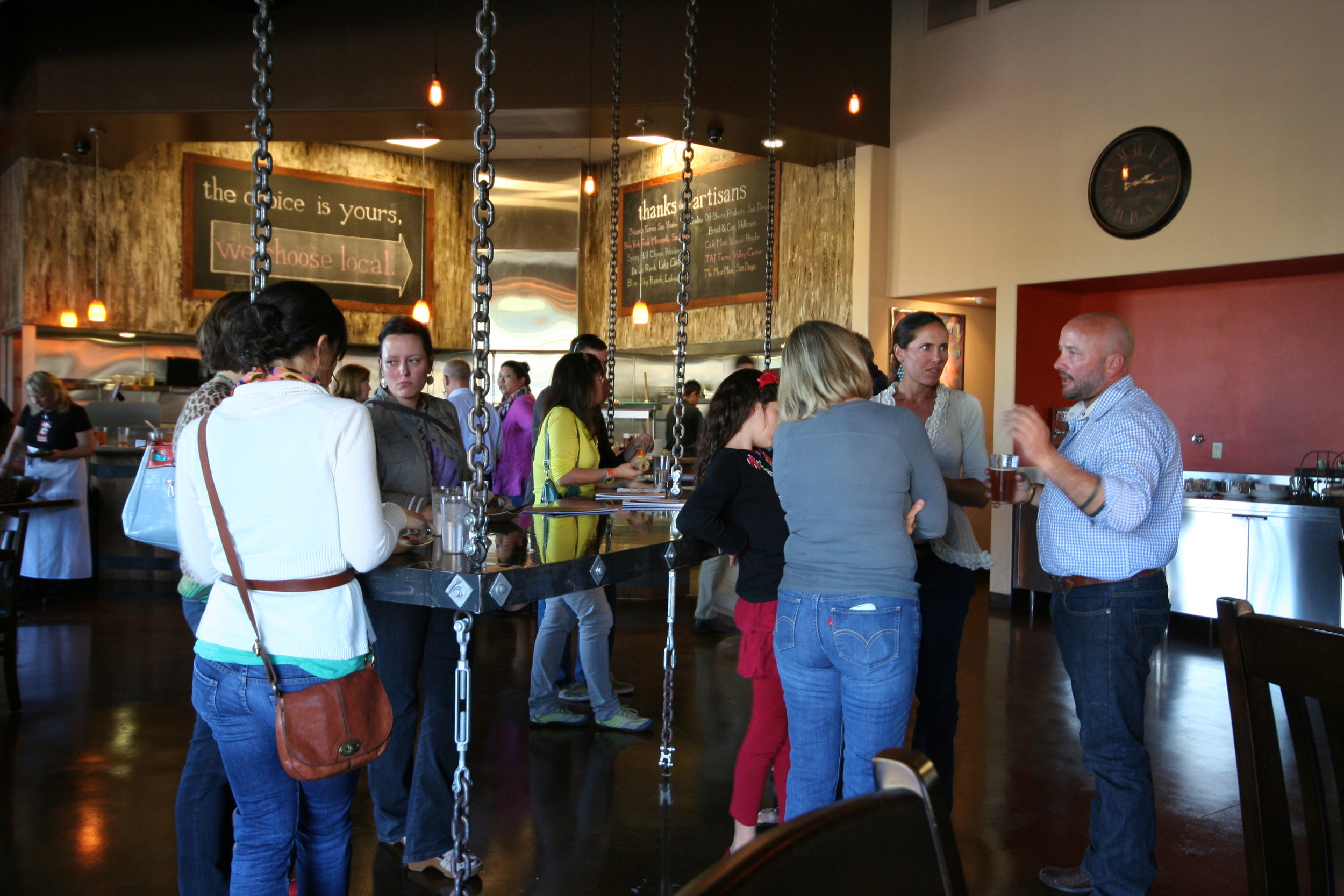
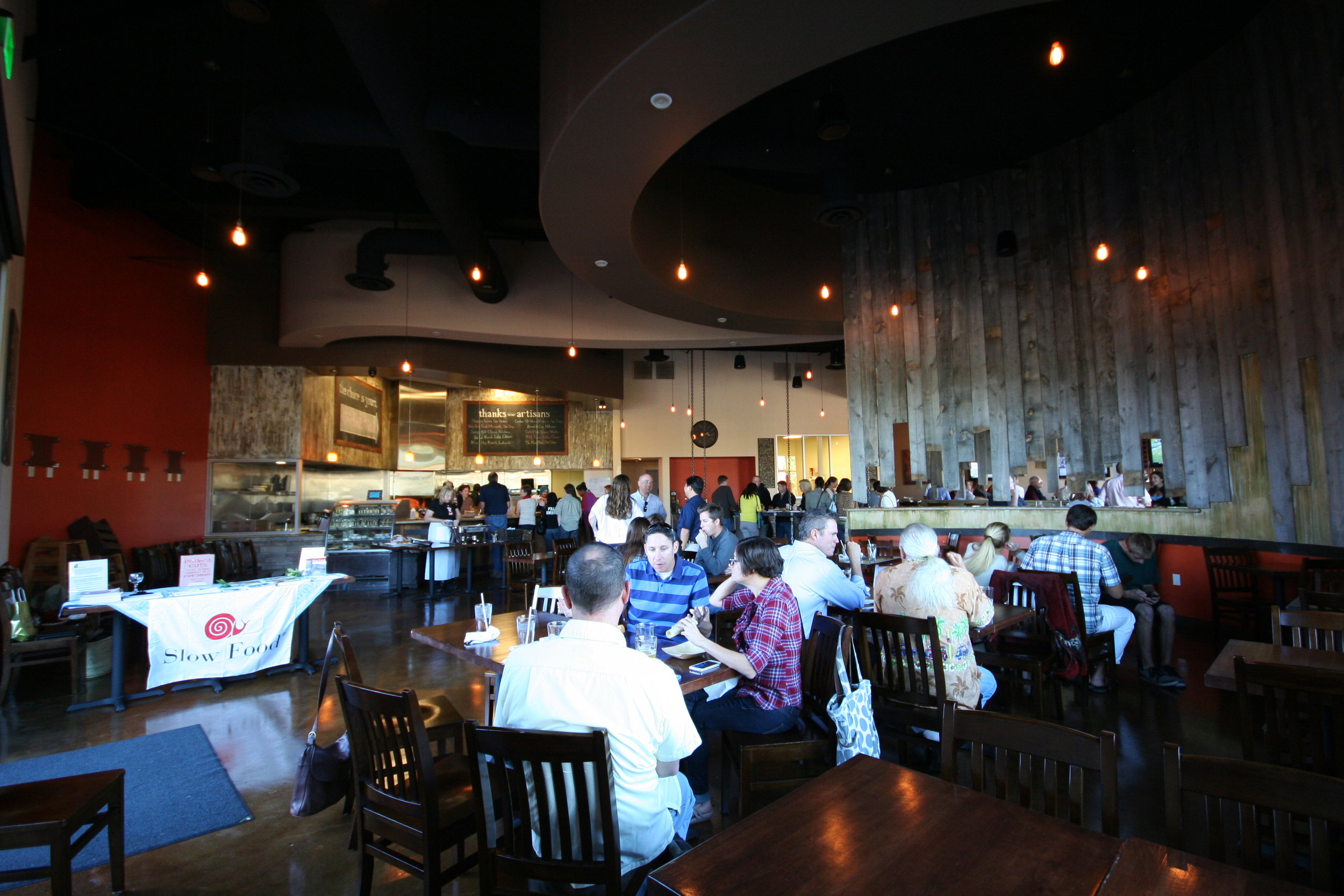
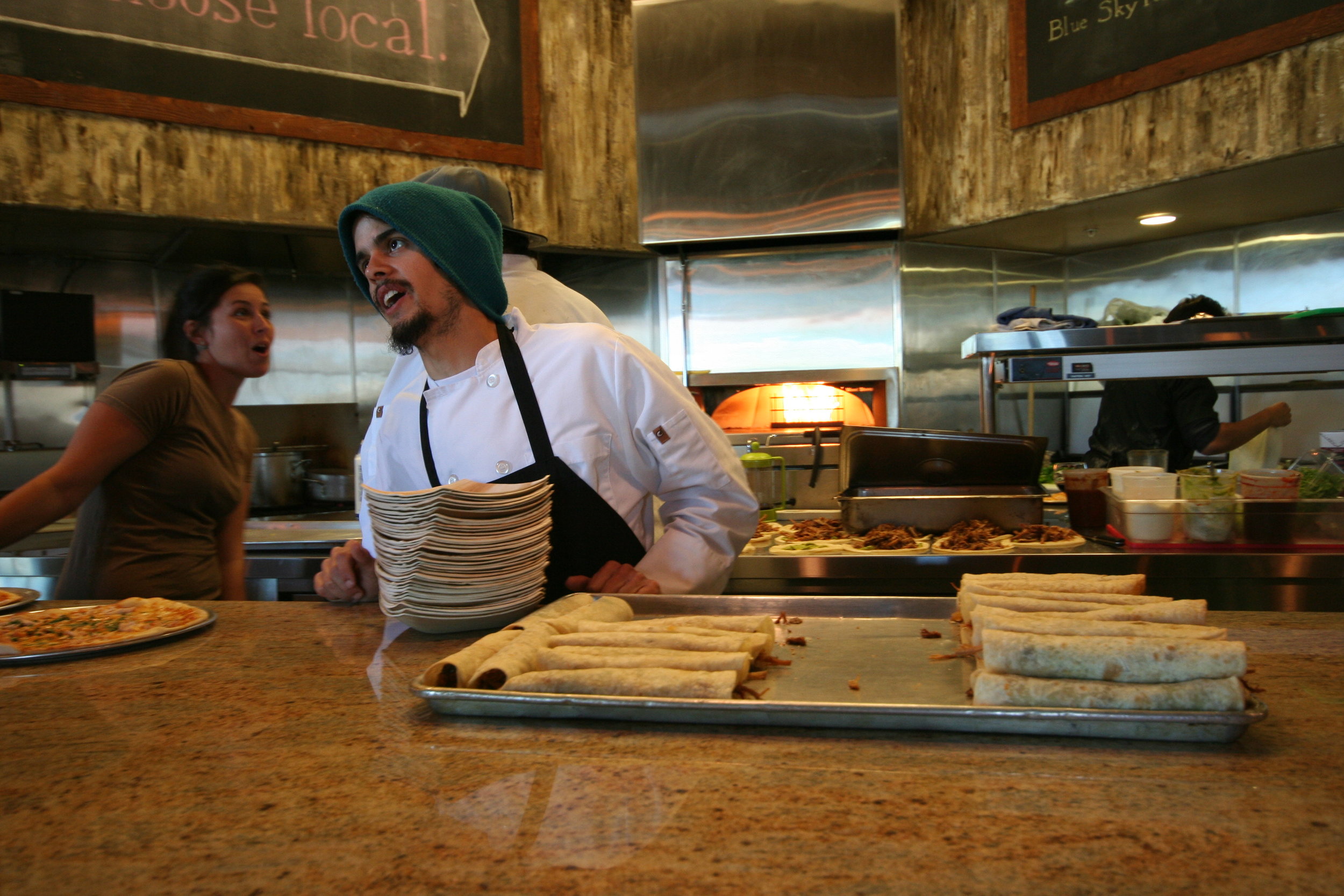
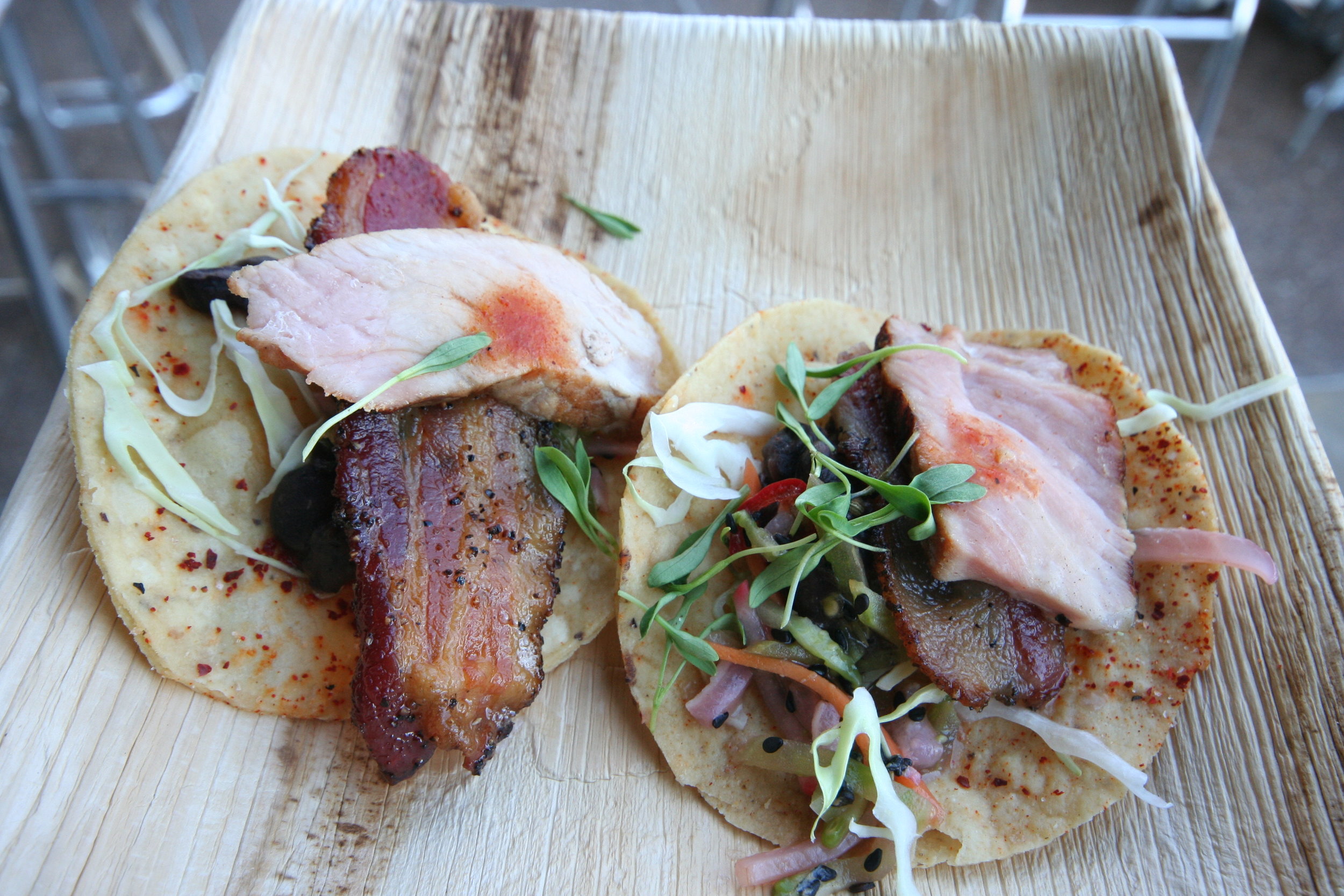
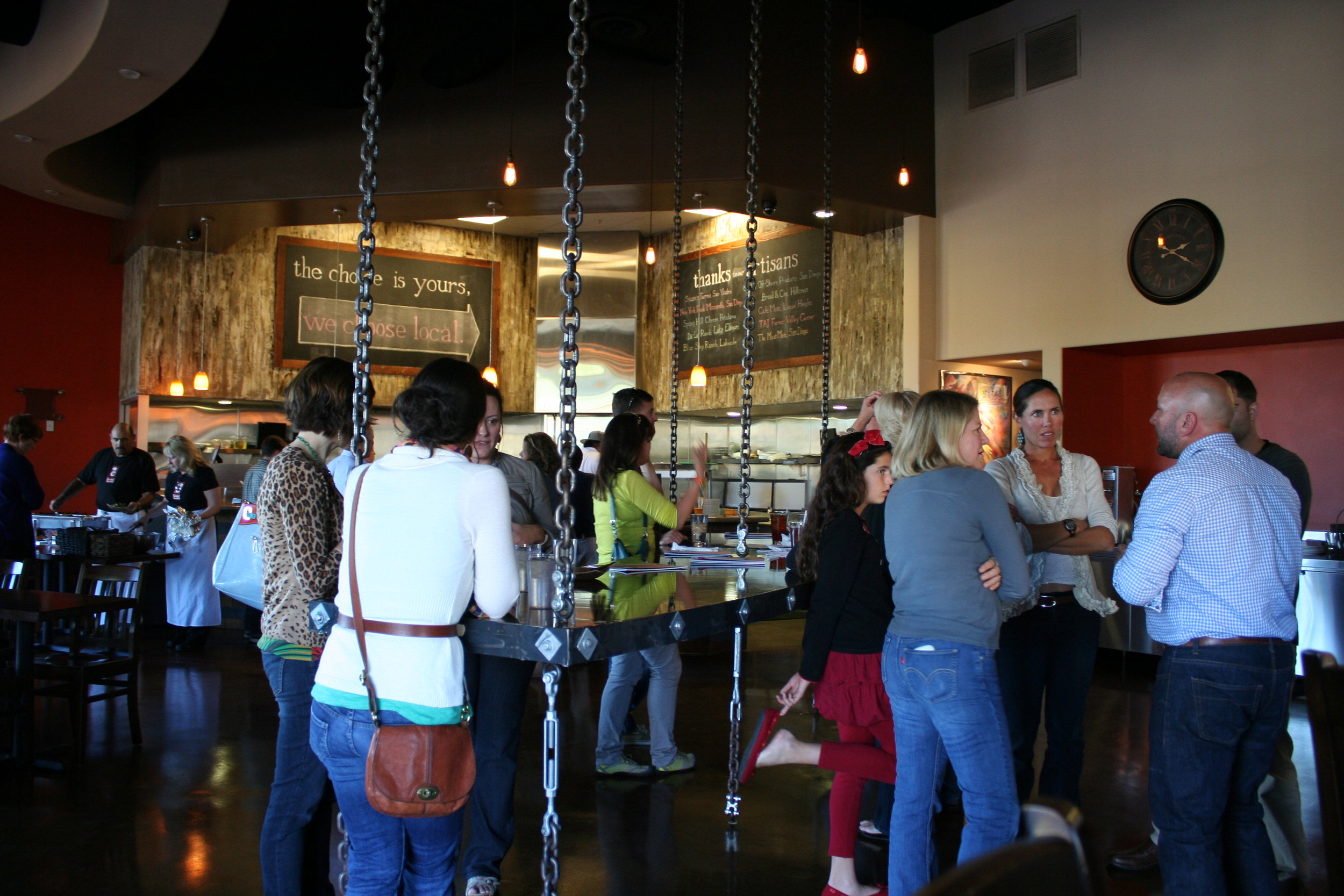
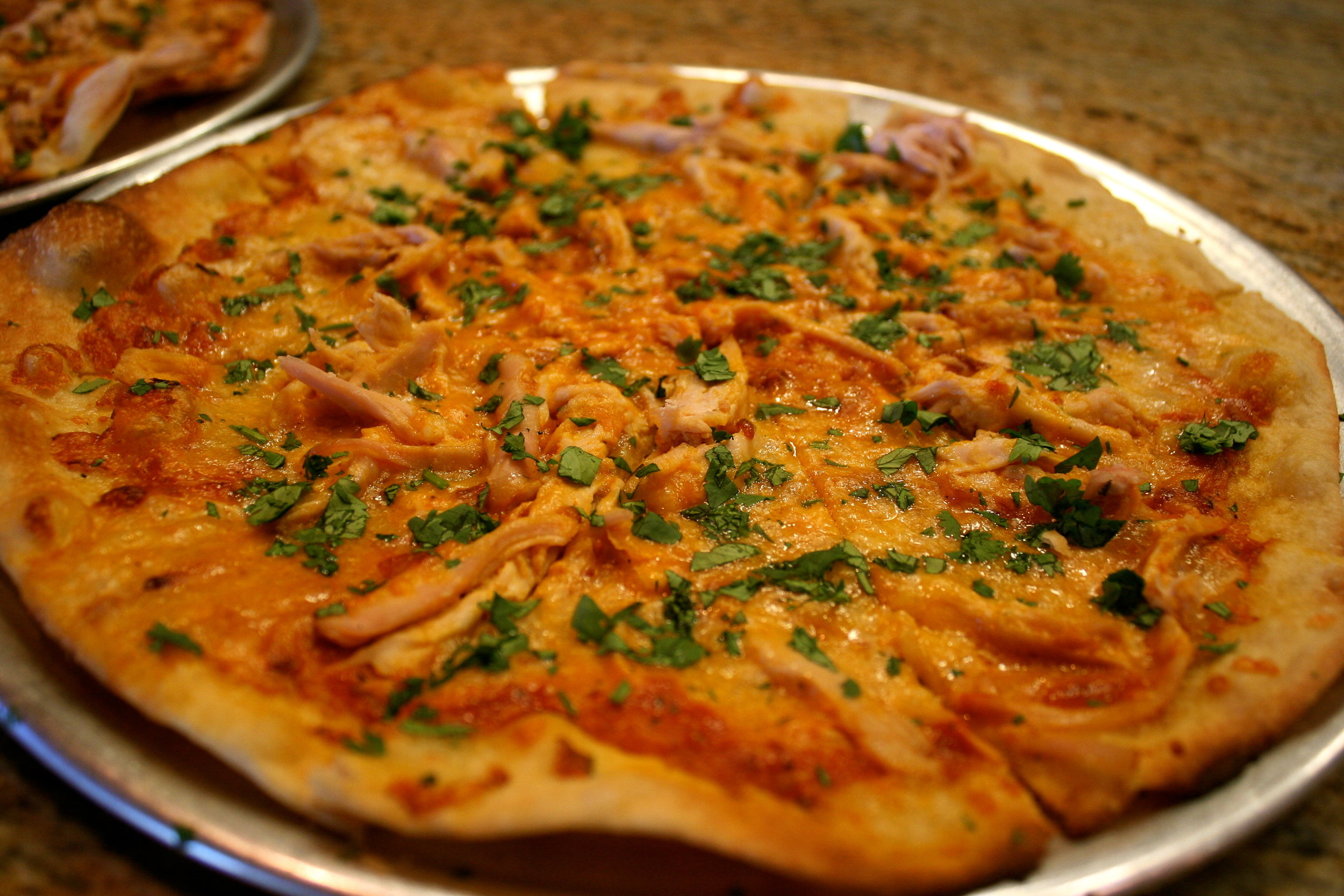

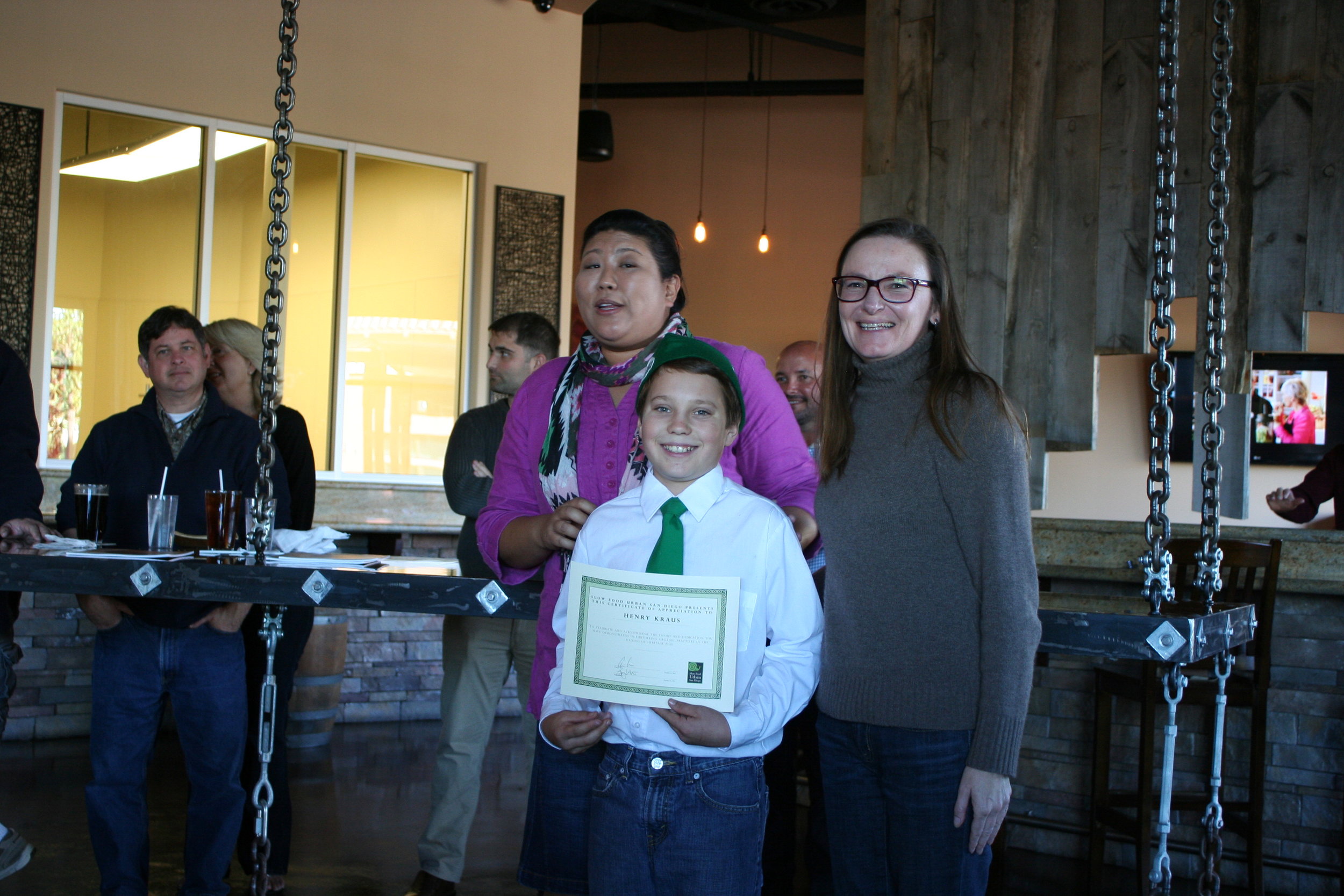
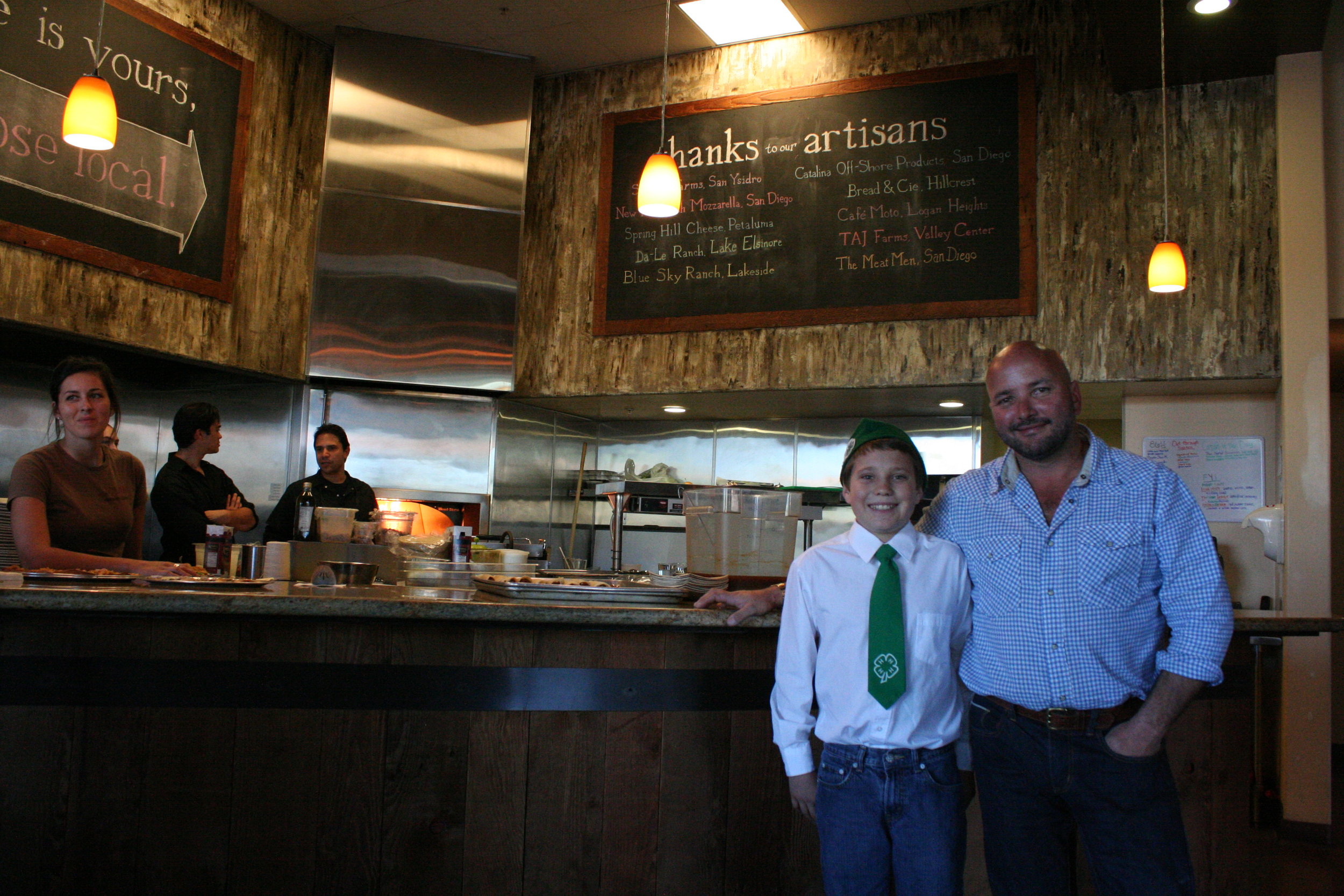
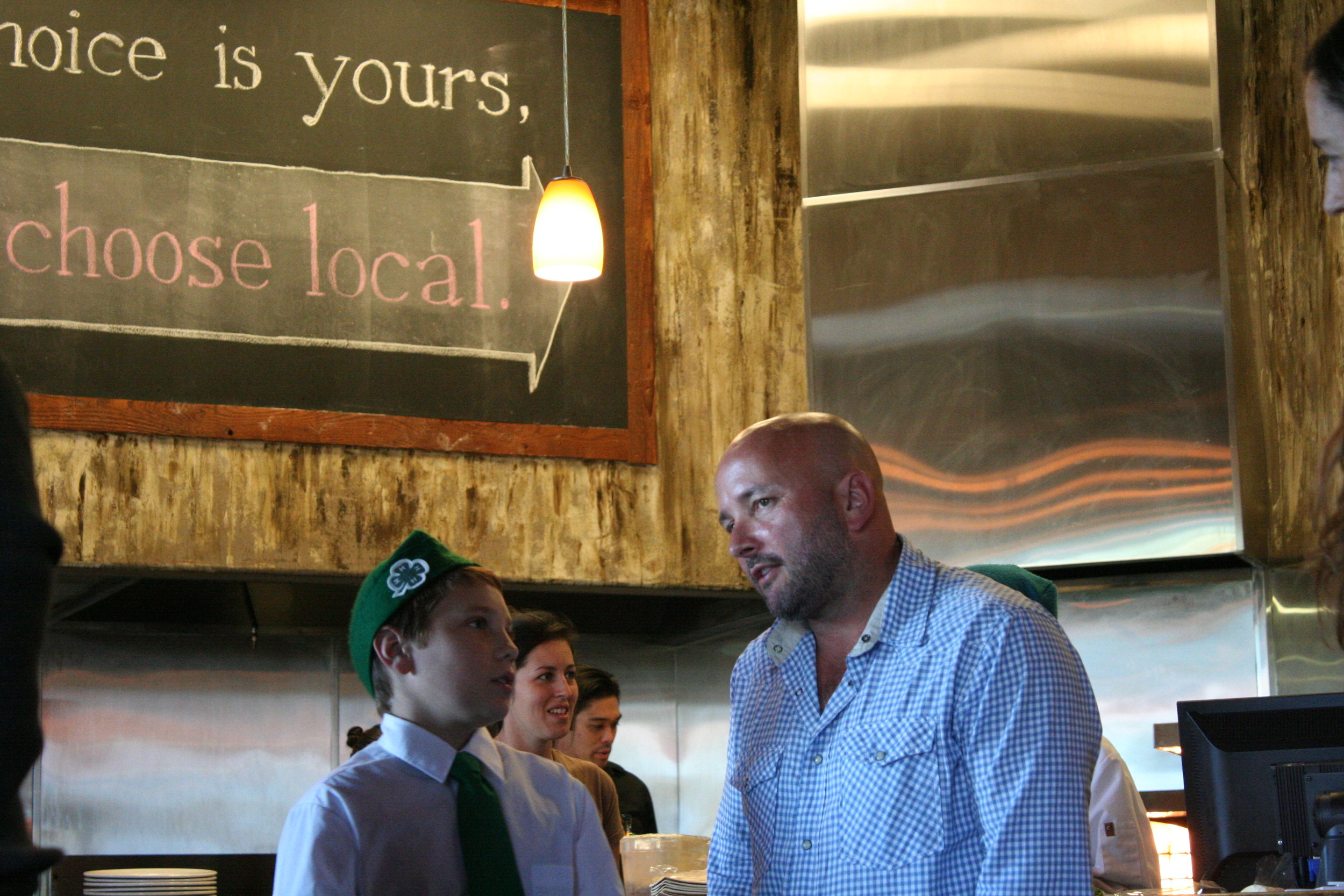
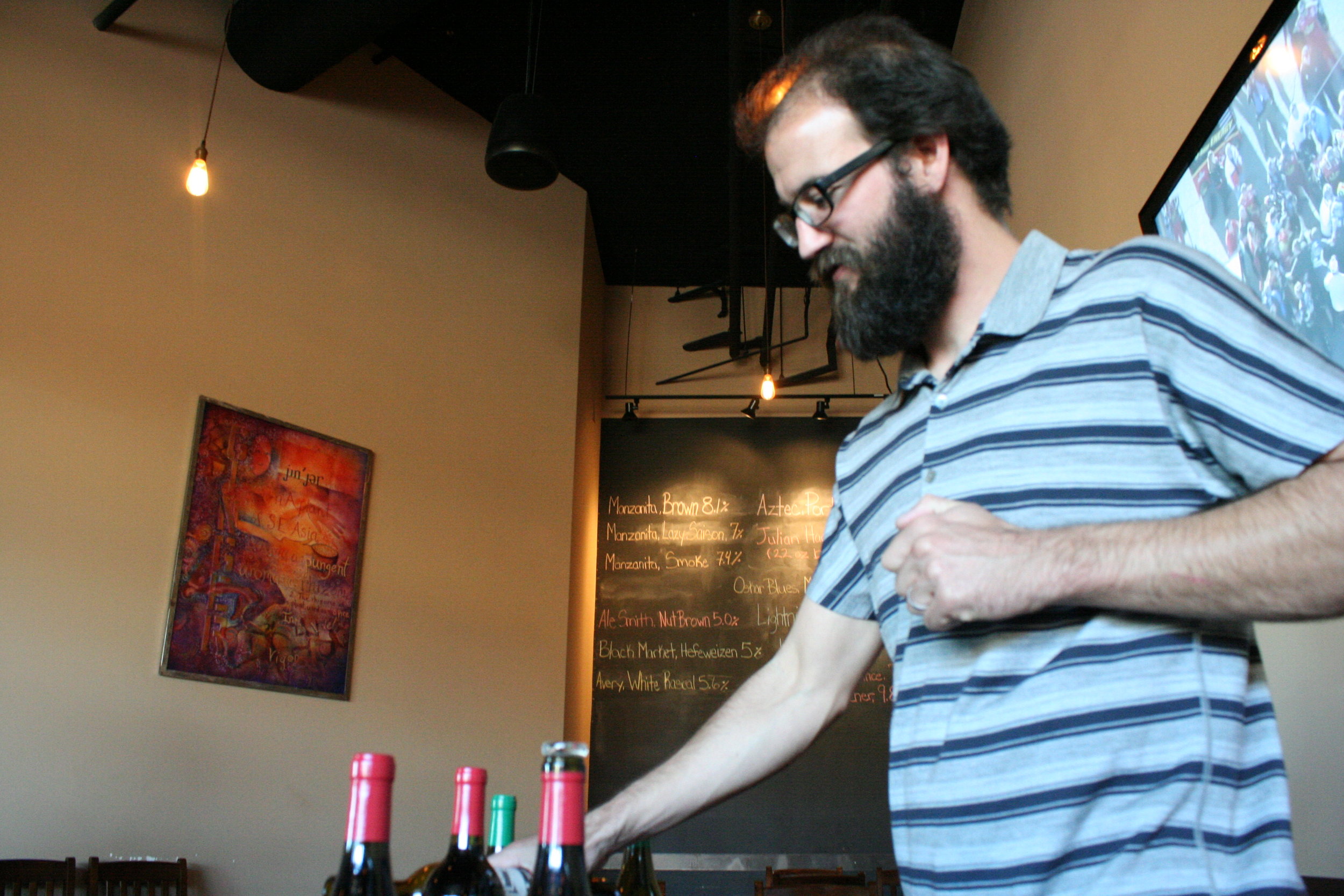
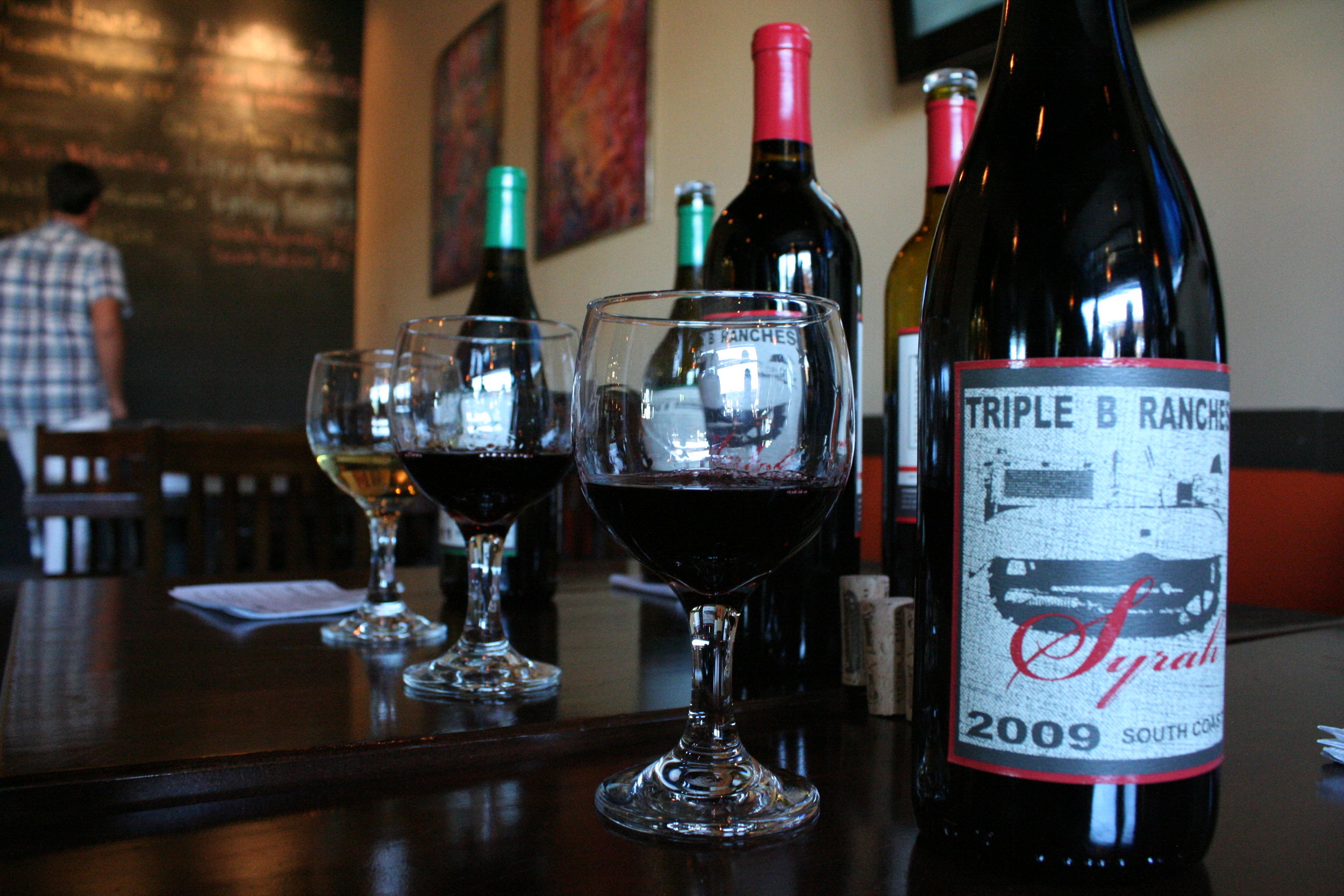




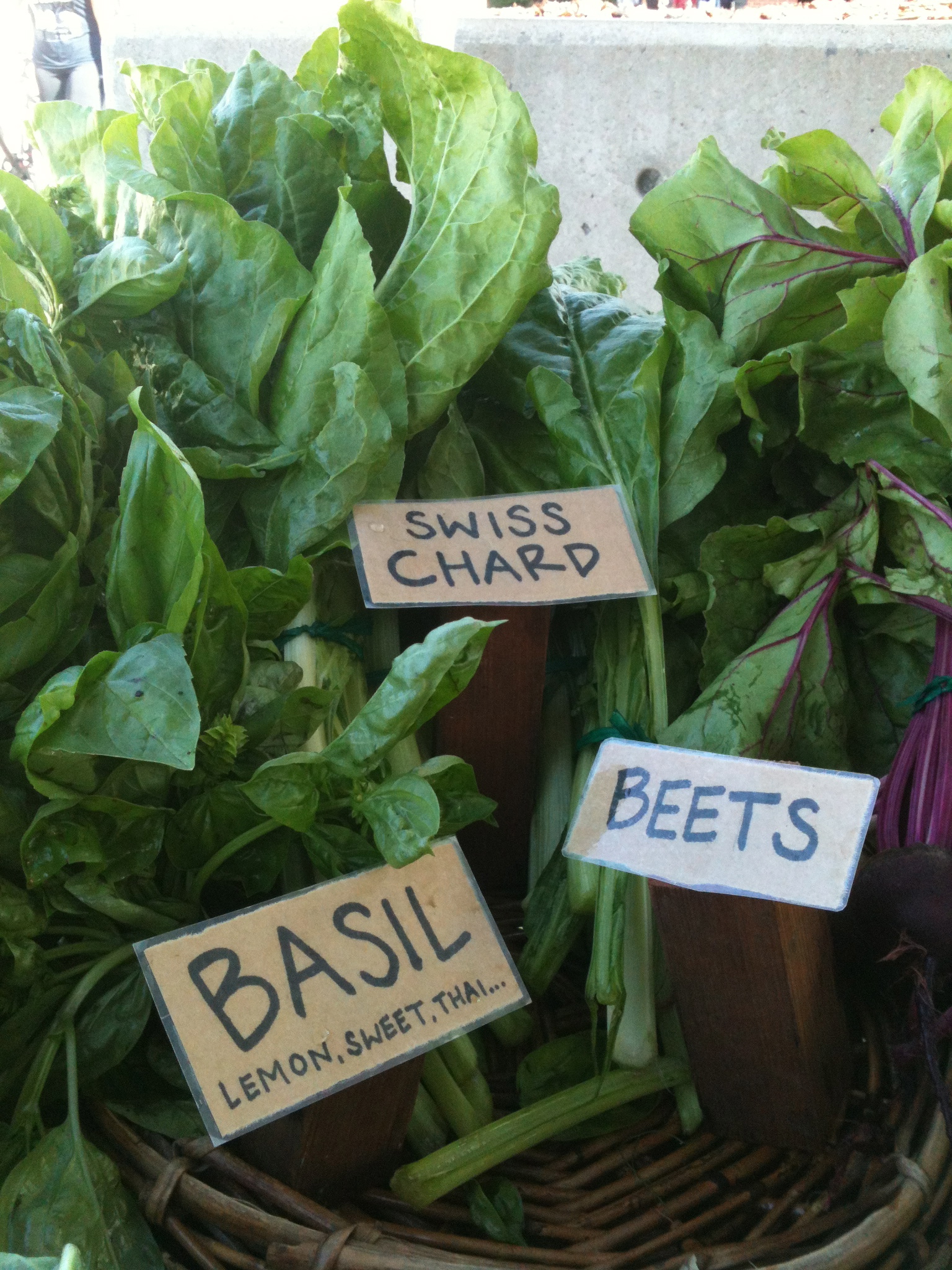






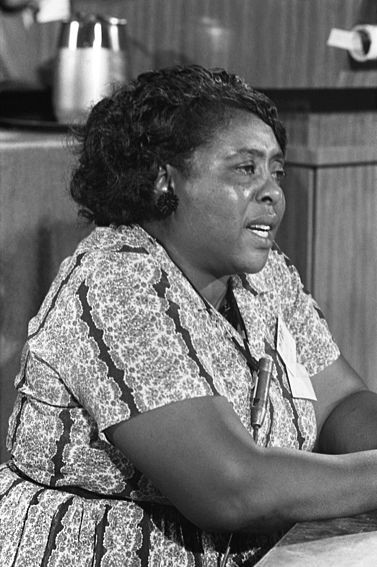 "All my life I've been sick and tired. Now I'm sick and tired of being sick and tired." - Fannie Lou Hamer, Civil Rights Activist
"All my life I've been sick and tired. Now I'm sick and tired of being sick and tired." - Fannie Lou Hamer, Civil Rights Activist

